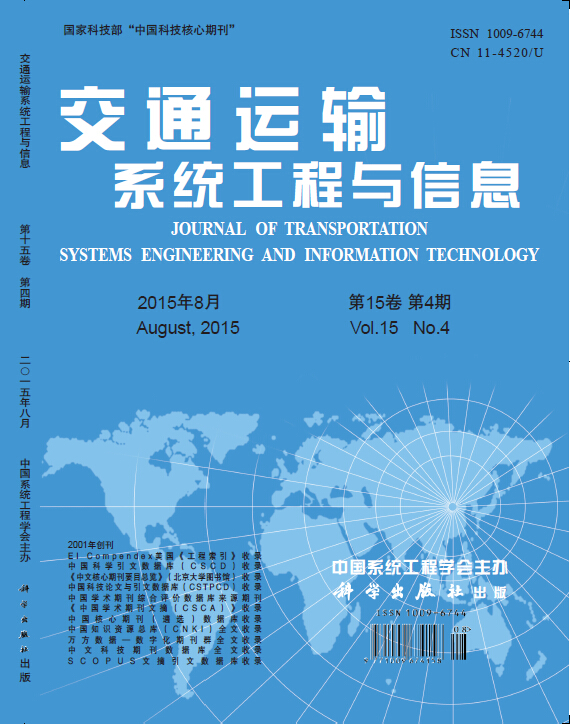The coordinated development between bus lines resource allocation and peak passenger flow is an important guarantee for sustainable development of the public transport system. To evaluate the coordination degree of the relationship between the two objects, through in-depth study of the planning and operation of bus system, uses DEA(data envelopment analysis), the evaluation model is established, which put bus vehicle number, station number and passenger flow strength along the bus line as input indicators, and put the peak passenger flow and peak load ratio suitability as output indicators. Taking 86 bus lines in the urban area of Harbin city as the decision making units, by using CCR model from DEA, gets the relative efficiency value of each line, and gives the coordination degree for each line. The result shows that 40 lines are under strong coordination, 34 lines are under inferior coordination, 9 lines are under mild imbalance, and 3 lines are under critical imbalance, the whole bus system is generally at inferior coordination level. The proposed evaluation method is practical in actual operation, can provide the theoretical basis for planning and management of public transport.


